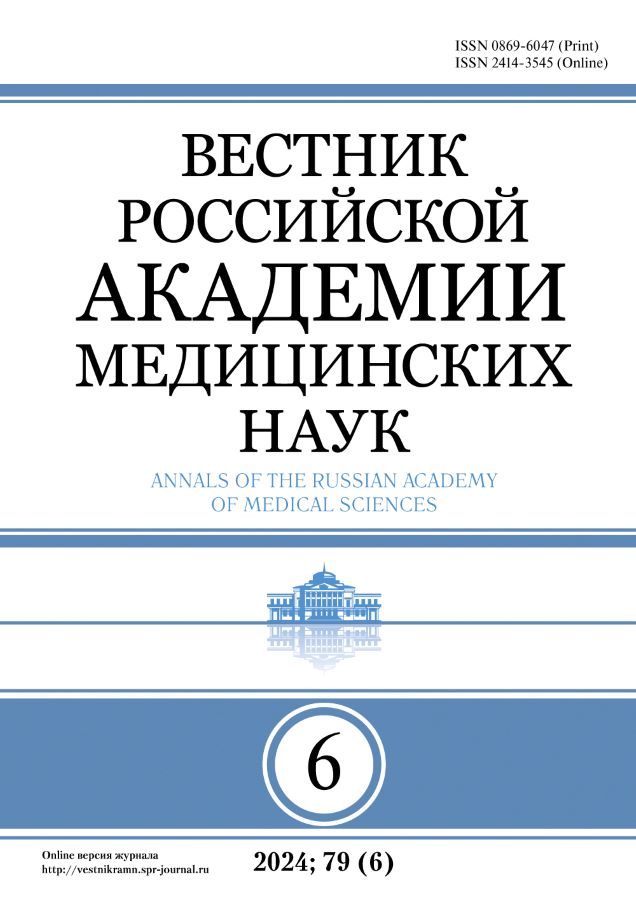Аннотация
Цель исследования: изучить экспрессию маркеров каспаззависимого и каспазнезависимого пути активации апоптоза в процессе репарации при повреждениях серозной оболочки брюшной полости. Материалы и методы: на модели экспериментального спаечного процесса в брюшной полости (самцы крыс линии Wistar, n =40) в динамике (от 2 ч до 30 сут после повреждения брюшины) изучена экспрессия маркеров про- (Bcl-x) и антиапоптоза (Bcl-2), а также PARP-1. Результаты: установлено, что в условиях травматического повреждения брюшины процессы апоптоза и антиапоптоза протекают параллельно. При этом в начальный период превалируют механизмы антиапоптоза (более интенсивная окраска на Bcl-2), а в поздние сроки доминируют явления каспаззависимого проапоптоза (более интенсивная окраска на Bcl-x). Активация PARP-1 свидетельствует о повышении частоты повреждения структуры ДНК клеток, а длительность этого процесса стимулирует гибель клеток по каспазнезависимому пути. В совокупности эти процессы приводят к элиминации большого числа клеток (в первую очередь фибробластического ряда) из зоны формирования соединительной ткани при асептическом воспалении в условиях травмы брюшины. Впервые установлено, что в случае повреждения брюшины экспрессия маркеров антиапоптоза в зоне повреждения имеет двух-волновый характер с максимальной выраженностью на 1–3-и сут патологического процесса с повторным пиком на 14-е сут. Выводы: установленные ключевые звенья запуска апоптоза при формировании спаечного процесса в брюшной полости могут быть использованы для разработки лекарственных препаратов для профилактики развития спаек.
Об авторах
Научный центр реконструктивной и восстановительной хирургии, Иркутск
Иркутский научный центр
Автор, ответственный за переписку.
Email: irinashurygina@gmail.com
доктор медицинских наук, заместитель директора НЦРВХ по научной и инновационной деятельности, главный научный сотрудник отдела медико-биологических исследований и технологий ИНЦ Россия
Научный центр реконструктивной и восстановительной хирургии, Иркутск, Российская Федерация
Иркутский научный центр, Российская Федерация
Email: irinashurygina@gmail.com
PhD, Head of Research and Experimental Department of Research Center of Reconstructive and anaplastic surgery, chief research scientist of the Department of Medicobiological Study and Technologies of the Irkutsk Scientific Center. Address: 1, Bortsov Revolyutsii Street, Irkutsk, RF, 664003; tel.: +7 (3952) 29-03-38 Россия
Научный центр реконструктивной и восстановительной хирургии, Иркутск, Российская Федерация
Email: katnatlove@mail.ru
MD, doctor of the Department of Purulent surgery of Clinic Hospital № 1 of Research Center of Reconstructive and anaplastic surgery. Address: 100, Yubileinyi microraion, Irkutsk, RF, 664079; tel.: +7 (3952) 40-78-74 Россия








